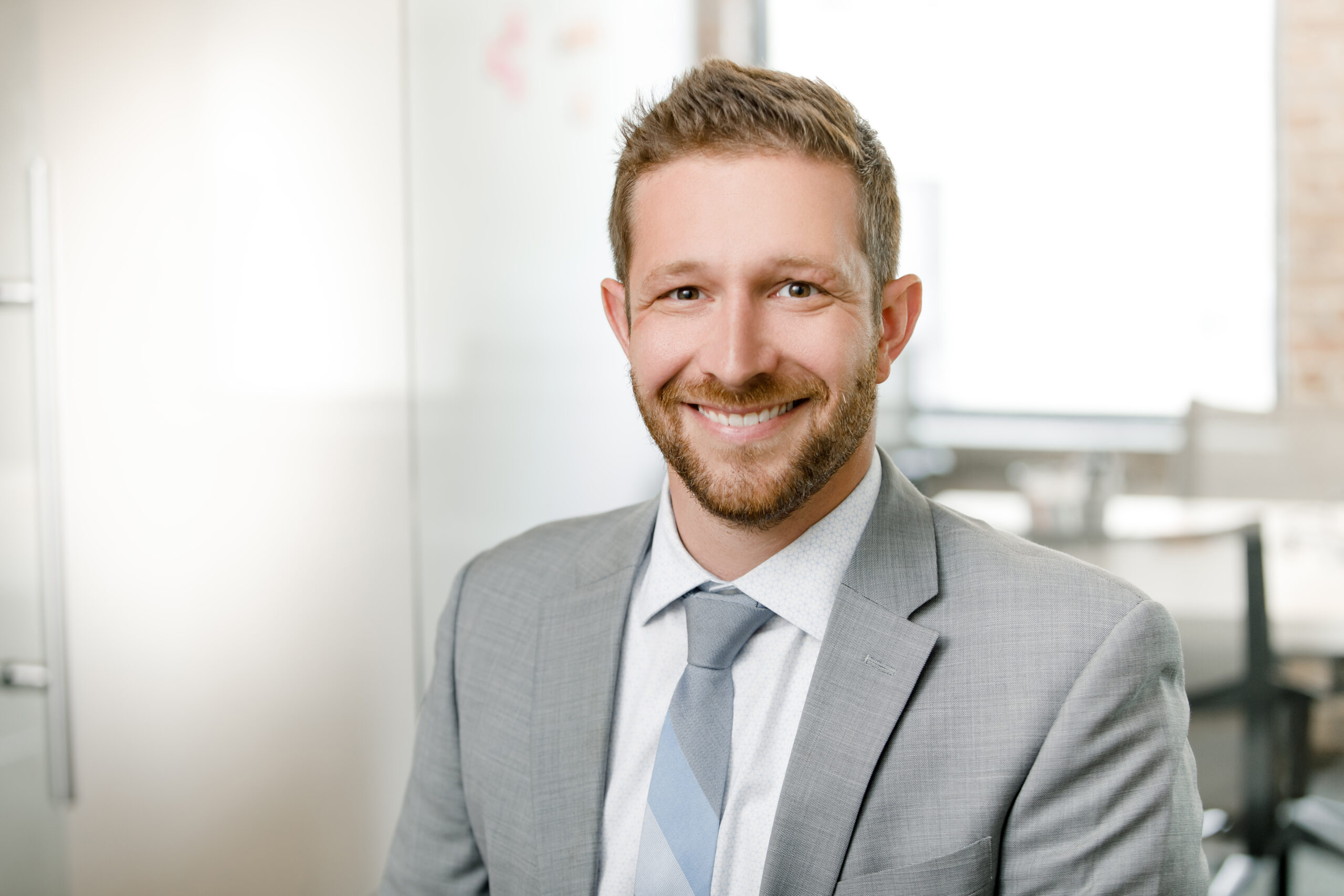Today, we’re pleased to introduce you to Joe Sizemore, Client Project Manager at Kolar. Joe coordinates communication between our clients and our design team, to ensure that the client’s expectations are exceeded, and that our team knows exactly what is expected.
Let’s get to know Joe and understand his perspective on how he utilizes our Customer Intimacy Model when working on client projects.
Can you explain how you use the Customer Intimacy Model in your role at Kolar?
Customer Intimacy is a critical piece of the puzzle when doing business in today’s workplace. I believe that listening is a great skill to have in your professional tool belt, and often goes hand in hand with Customer Intimacy. You must really listen to your customers to truly understand their needs and values, see how they align with your own, and leverage that information to build lasting relationships derived from a humanistic point of view. Empathy is a big part of the equation as well. It’s not a one way street of talking to your customers, but rather, a two way street where their perception matters and their voice feels heard.
What impact does the Customer Intimacy Model have on the delivery process with our clients?
Customer Intimacy is a constant factor throughout the entire project duration (and often beyond), but we really lean into this model on the front end of projects during the gather phase to make sure we explicitly understand the customer’s needs and expectations in order to provide the best value add and optimal solutions when delivering the final product. During the project, we utilize this approach as an opportunity to make sure we’re staying on track, or, to pick up context clues from the client regarding their overall experience and perception of the project. Post delivery, customer intimacy is about keeping an open line of communication to establish any lessons learned, or opportunities for improvement on future work.
Why is it so important to the delivery process that we create lasting & impactful relationships with our clients?
Let’s face it. Regardless of how many hours we put in, or the amount of pride we have in our quality and creative solutions, we wouldn’t be anywhere without our clients. Building meaningful relationships is essential to cultivating strategic partnerships that drive change in any industry. These relationships allow us to maximize our value proposition, and earn a seat at the table. We want to be the first people our clients think of when they have new, exciting, and innovative projects on the horizon. Quite simply, these foundational relationships are a way to anticipate and understand our client’s needs exceptionally well, and keep the future work coming.
How do you see lasting impact with our clients during the design development process?
By showcasing our incredibly experienced team, and utilizing their industry knowledge and best practices to provide the best possible value add for both the project and the client. When we can show our clients a new solution to a problem they have, that they haven’t seen before, that’s where the magic is.
What inspires you most as a leader at Kolar?
Working with a multi-disciplinary team that’s always eager to learn new things, and tackle new approaches in order to always be on the front end of industry best practices. Working with such a wide range of people, coming from many different backgrounds is exciting because I am constantly learning new ways of thinking. That’s something you don’t get in a siloed work environment.
Has anything you learned through your experience at Kolar surprised you?
Quite a bit actually, but perhaps the most meaningful is when I first started and learned we have a division of the company that solely looks at the raw data collected from surveys and focus groups in order to develop insights that measure the overall experience and effectiveness of the newly designed spaces we work so hard on. It’s fascinating when you can show the success of a project against real data and insights derived from first hand experiences and users of the space. This is something you typically don’t associate with design, and is what differentiates us from other firms.

